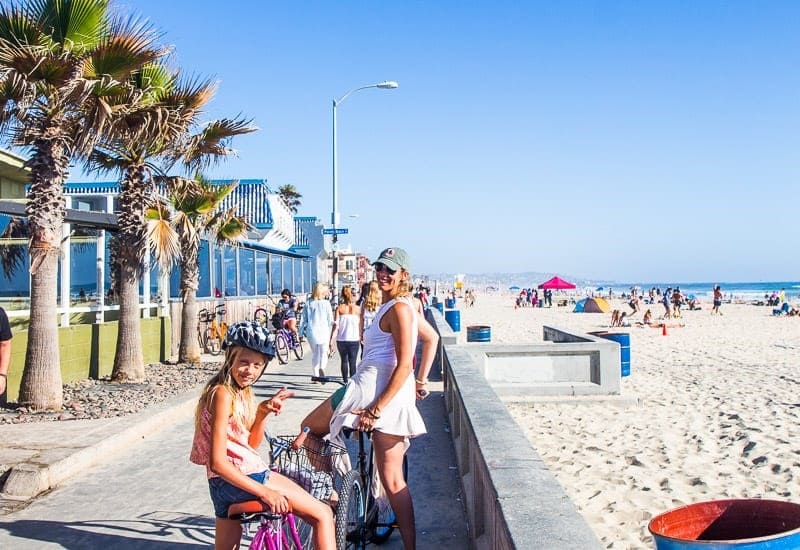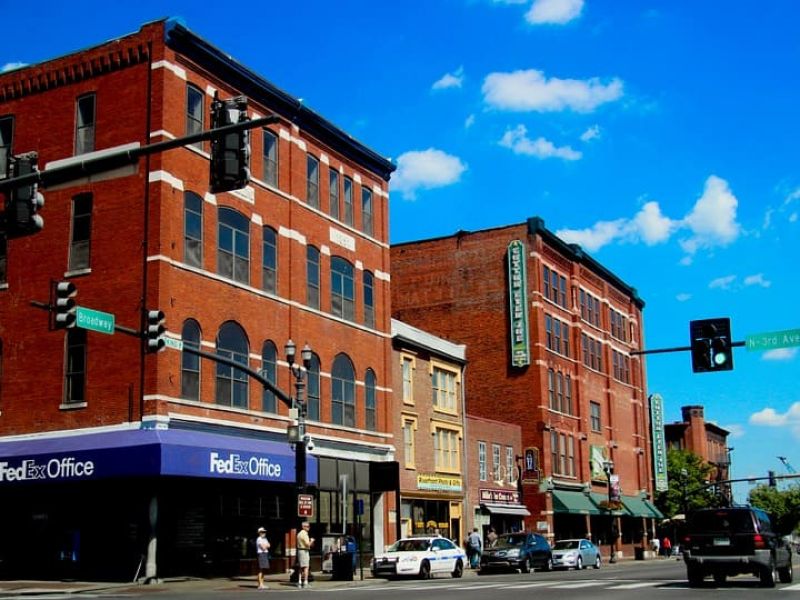San Diego has a lot to offer ex-pats wishing to relocate to the West Coast. Kudos to its special location on the border between Mexico and the United States of America. Prepare for your relocation to San Diego by learning about the city, its climate, expenses, job markets, etc.
Choosing San Diego as a new home
From its image as one of the best cities in the US for year-round weather to its historical importance as the first part of California to be settled by Europeans (earning the city the title of birthplace of California)
San Diego is a city with a population of 1.43 million people. It is the eighth-most populous city in the United States and the second-most populous city in California in terms of land area. When you include the entire metro area, those numbers continue to rise. San Diego is located on the Mexican side of the border. As a result, Spanish is widely spoken in San Diego’s different neighborhoods and surrounding areas.
San Diego is famous for its beautiful climate, beaches, and world-class attractions. This Southern California city is a favored destination for college students, professors, and corporate career climbers in the military, tourism, international trade, research, and manufacturing.
San Diego’s Living Expenses
San Diego is more expensive than many major cities, yet it is cheaper than San Francisco or Los Angeles. According to Payscale, San Diego has a 44 percent higher cost of living and a 136 percent higher cost of housing than the national average. So depending on your salary, the beachside lifestyle and metropolitan facilities may be worth the trade-off.
According to Payscale, here’s an estimate of how much products cost in San Diego:
- $192.64 in energy costs
- $3.76 for a loaf of bread
- $119.01 for a doctor’s visit and $3.36 for a gallon of gas
San Diego rents are higher than similar-sized West Coast towns, although they are more affordable. San Diego’s average rent increased to $1,589 for a one-bedroom apartment and $2,106 for a two-bedroom apartment in 2021. After a period of decline during the epidemic, rents are beginning to climb steadily. However, San Diego apartments with move-in specials are still available.
In San Diego, you can apply the 30% rule to learn how to live comfortably in a one-bedroom apartment. The concept is that you should spend no more than 30% of your pre-tax income on rent. You need to budget at least $47,670 per year for a one-bedroom, or $23.84 each hour. You’ll need to make at least $63,180 a year, or $32.40 per hour, to afford a two-bedroom apartment.
Work market in San Diego
According to the City of San Diego, international trade, industry, military, and tourism are the backbones of the local economy.
San Diego had a 3.2 percent unemployment rate in February 2020 (before the global impact of COVID-19), which was lower than the national average (3.5 percent ). However, due to the epidemic, the city’s unemployment rate soared to 12.3 percent in July 2020.
According to a January study by the San Diego Union-Tribune, the profitable industries of professional and business services grew the most in 2019, adding 9,500 positions in architecture, engineering, scientific research, and other technological services. Thousands more employment was also added to the local economy in construction, government, and educational and health services.
If you’re looking for work in San Diego, you should know that Qualcomm and Sempra Energy, both Fortune 500 businesses, are located here.
The San Diego Climate
The weather is a huge lure to California and the coast in particular. While the rest of the country is ploughing trails through the snow on their drives, San Diego residents are partying on the beach, grilling out, and otherwise taking advantage of the virtually year-round pleasant weather.
However, this does not imply that summers in the city are terribly hot. San Diego’s weather is relatively steady and stable throughout the year, with temperatures slightly rising in the summer and slightly lowering in the winter. The coldest temperature in San Diego is around 10°C (50°F), and the warmest temperature is around 25°C (77°F). As a result, San Diego isn’t excellent for individuals searching for clearly defined summers and winters. Still, it’s ideal for those comfortable with generally mild and sunny weather all year.
Education System of San Diego
San Diego is also famous for having an excellent educational system. San Diego, in addition to its elementary and secondary institutions, is home to some of the most outstanding colleges in California and the United States. If you have children, you should look into the La Jolla schools. La Jolla has a lot more to offer than UCSD; all of the schools in the area are excellent. In addition, San Diego State University, the University of San Diego, and a slew of additional community institutions, high schools, and elementary schools are available.
San Diego’s Best Attractions
San Diego has it all, whether you want to live in the city or the suburbs or live on the beach. There are a variety of activities to select from, ranging from outdoor activities and relaxation to museums and entertainment locations.
The spectacular Balboa Park, home to the amazing San Diego Zoo and several art galleries, museums, artists’ studios, and gardens, remains a standout attraction in San Diego. In addition, the USS Midway, which is open to the public, is docked in the city’s deep harbor, home to a large and active naval fleet.
This is hardly unusual for a huge metro area with world-class restaurants, professional sports, entertainment alternatives, festivals, clubs and pubs, cultural sites, etc. However, what distinguishes this metropolis from the rest of California is its patchwork of unique communities that promote strong community ties.
Festivals and farmers’ markets, get-togethers with pals at beaches, park picnics, and rendezvous at local bars and restaurants are possibilities.
The bottom line
This place is a terrific place to start if you want to move to “America’s Finest City” and get a taste of what life is like in San Diego. Next, explore local resources to get a true sense of what it’s like to live in the area. Lastly, you must decide whether moving to San Diego is the best decision for you, your family, and your profession. The data and figures presented above can assist you in making that critical (and exciting) decision.









